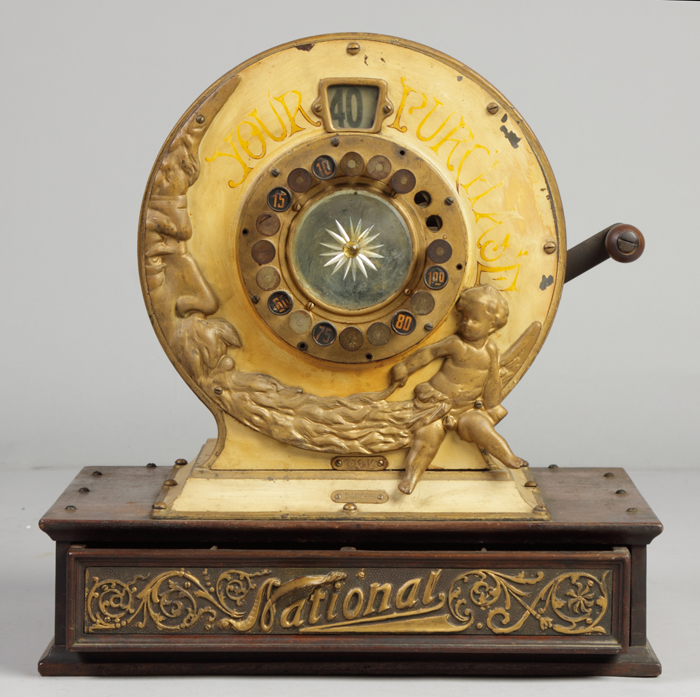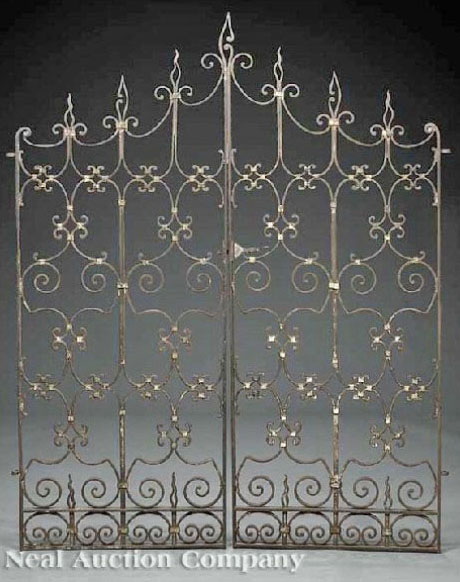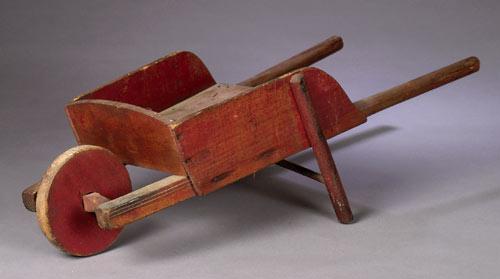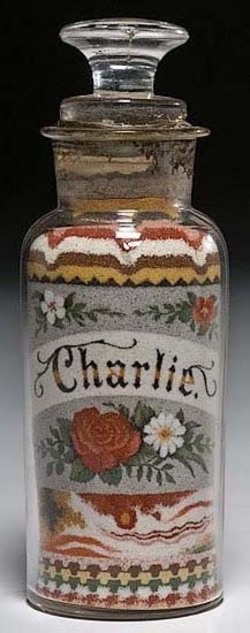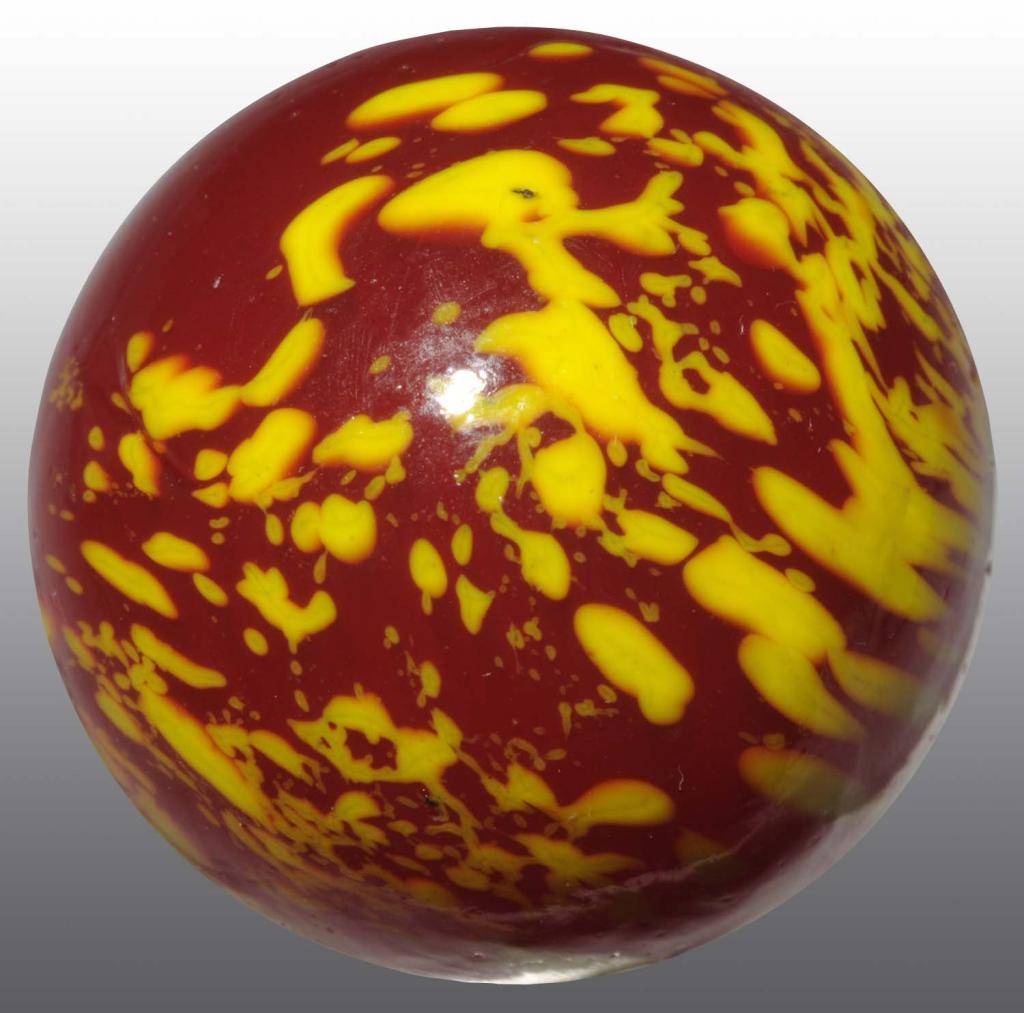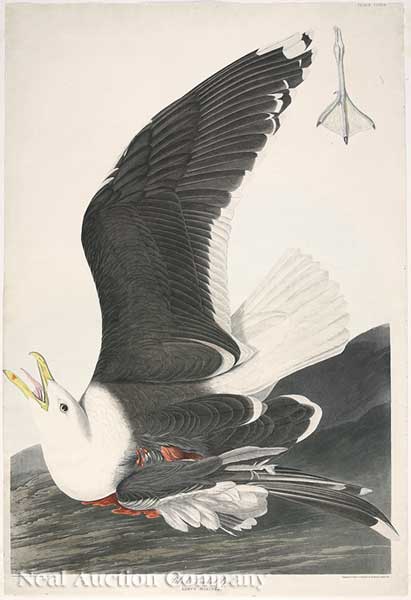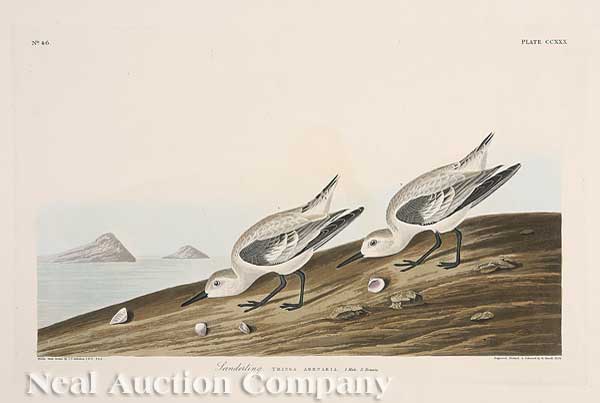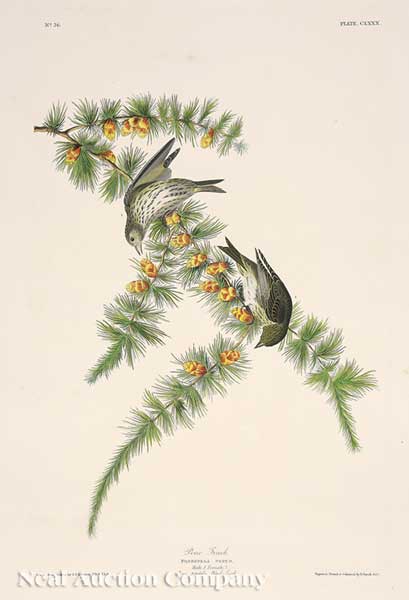The following item was recently sold at an American auction house. Detailed information about this item, including pre-sale estimate, price realized and sale location can be found in the Prices4Antiques reference database.
You are currently browsing admin’s articles.
Urns, Statuary and Furniture Add Charm to Any Landscape
For leafy bowers or fields of flowers, antiques in your garden add interest and a comfy corner for quiet contemplation. From cherubs to chimney pots, fountains to finials, garden decor for any budget can include fine antiques, well made reproductions, and salvaged architectural elements. Here are a variety of decorative and useful antiques that will add flair and function to your landscape.
Gardens as Outdoor Rooms
Almost as long as there have been humans seeking shelter, there have been gardens. While he earliest were for sustenance, gardens became an extension of living spaces, especially during the heat of summer.
Garden Gates & Entrance Ways
Like the front door of a house, a garden gate is the entry way to the world within and should give visitors a hint as to what they will find beyond it. Gates can be formal, like the ornate and imposing wrought iron Victorians from the late 19th century (which can cost anywhere from $3,000 -$12,000, depending on size, design and provenance), or more simple wooden gates usually from the early part of the 20th century. While reproductions of the elaborate wrought iron favored by the Victorians are pretty expensive, a good millwork shop can fabricate a new wooden gate from an old pattern for a more moderate sum. Old or new, ornate or simple, the style of the gate should match the style of the garden within.
Urns & Finials
Although similar in looks, urns and finials are different and originally served two distinctive purposes. Urns resemble giant loving cups are hollow and easily filled with plant material. Finials, originally used to top the gate posts of great houses, resemble urns, but have closed triangular or cone shaped tops. Both add interest to a garden niche and can be made of cast iron, stone, lead, composition stone, terracotta, or bronze. Urns have become popular garden ornaments, and well crafted reproductions are readily available.
Architectural Ornaments for the Garden
When old buildings are razed, architectural elements are salvaged by savvy dealers who resell the parts for use in homes and gardens. Useful and beautiful salvaged pieces include stone columns with or without plinths (bases) or capitols (tops), bits of frieze, gargoyles, troughs, and chimney pots. Chimney pots are plentiful and have a variety of uses. Usually made of terracotta, they can be filled with plant material, used as a base for a statue or urn, or massed to create a wall, border, or back drop. These pots originally sat atop a chimney, and some have decorative patterns, especially those from the Victorian era.
Old Garden Tools and Implements
Nothing says garden more than. . . . garden equipment! An old wheel or water barrow filled with flowers is an eye catching display, as is a garden roller artfully arranged against a backdrop of greenery. Vintage, well-used tools such as spades, scythes, edgers, hoes, rakes and even hand trowels often have interesting wooden handles as well as a pleasing patina. Imported European implements are pricier and harder to find, but their American counterparts are plentiful and inexpensive, with vintage wood handled trowels, for example bringing between $10- $20.
Reference: Garden Antiques How to Source & Identify by Rupert Der Werf & Jackie Rees Miller’s 2003
-Article by p4A contributing editor Susan Cramer
Also see: Sand Bottle Redux: Andrew Clemens Revisited
We come across amazing objects regularly – artifacts from moments in history that give a person cold chills, artistry that is breathtaking and delicate – but there are few things that still hold me in such thrall as an Andrew Clemens sand bottle. After encephalitis left him deaf as a young boy, Clemens, an Iowa native, attended the state school for the deaf and dumb in Council Bluffs, and perhaps it was there that he learned the focus and attention to detail that led to his later career. He would collect colored grains of sand in the natural world, sort them by color, and with a modified fishing hook as a tool, he would place them grain by grain in clear glass stoppered pharmacy bottles. Grain by grain. In bottles 8, 9, 10 inches tall. Perhaps most remarkably, this was done without any glue, adhesive or stabilizer of any sort. He started with simple geometric designs – multicolored bands or stacked diamonds – and fairly basic printed fonts and went on to increasingly elaborate designs with steamships, eagles carrying banners, and fancy lettering in bands of color. They are truly remarkable and based on the number that survive, it’s clear they were known to be special from the very beginning.
Little is known about Clemens, but it appears that he became increasingly isolated as he grew older, possibly as a result of his deafness, although it’s possible his fixation with his work also played a role. He supported himself by selling these bottles, usually for just a few dollars a piece, until he died (at 37 or 42 – his date of birth is uncertain), likely from tuberculosis. In his short life, Clemens is believed to have made hundreds of these bottles and many still survive, periodically turning up at auction. They’re a great lesson too – there’s rarely just one of anything in the antiques marketplace and if one gets enough attention, others will start to crop up!
-Hollie Davis, Senior Editor, p4A.com
To search the Prices4Antiques antiques reference database for valuation information on hundreds of thousands of antiques and fine art visit our homepage www.prices4antiques.com
I think one of the reasons we all love summer is that summer days offer some sort of permanent portal to the summer days of our childhood. Want to feel young again? Roll down the windows and crank the pop music of your generation. Grab a towel and a magazine and go lounge by the pool. Head down to a street festival, pick up a funnel cake, and sit around in the twilight enjoying that simple, yet contradictory, summer feeling of being simultaneously itchy, a bit too warm, and content. For instance, this coming weekend, many folks looking to revisit childhood will be heading to Wildwood, New Jersey for the festivities surrounding the National Marbles Tournament.
The folks at the National Marbles Tournament take their marbles seriously and so do collectors. It’s thought that marbles originated in Pakistan, with the earliest examples being, of course, stone, although very early clay and glass marbles have also been found. A variety of games can be played with marbles and their popularity really began to explode in the last half of the 19th century when mass production of marbles became possible. For quite a time, Akron, Ohio was the marble capital of the world with more than a dozen companies in the area producing them. (In fact, Akron’s home to the the American Toy Marble Museum.) There are dozens of slang terms for marbles, terms that still carry the flavor of 19th-century mibster slang (a mibster is one who plays marbles) – mibs, milkies, aggies, clayeys, commies. Most of them describe either the material or the internal appearance, and don’t be fooled by their size, because little marbles can bring big bucks at auction! (Check out the one pictured above….) As with anything, collectors care about condition – playing is hard on glass and ceramic marbles – but the size, color and design can all affect value. Definitely worth spending one of your nostalgic summer days poking around in your folks’ basement!
-Hollie Davis, Senior Editor, p4A.com
To search the Prices4Antiques antiques reference database for valuation information on hundreds of thousands of antiques and fine art visit our homepage www.prices4antiques.com
On June 25, 2011 Arader Galleries will hold it’s 3rd Charity Auction at Neal Auction in New Orleans. Included in the sale are 65 of John James Audubon elephant folio aquatints from Birds Of America published in London by Robert Havell between 1826 and 1838. For each lot sold Arader Galleries will donate 20% of the hammer price to a charity of the buyer’s choice.

